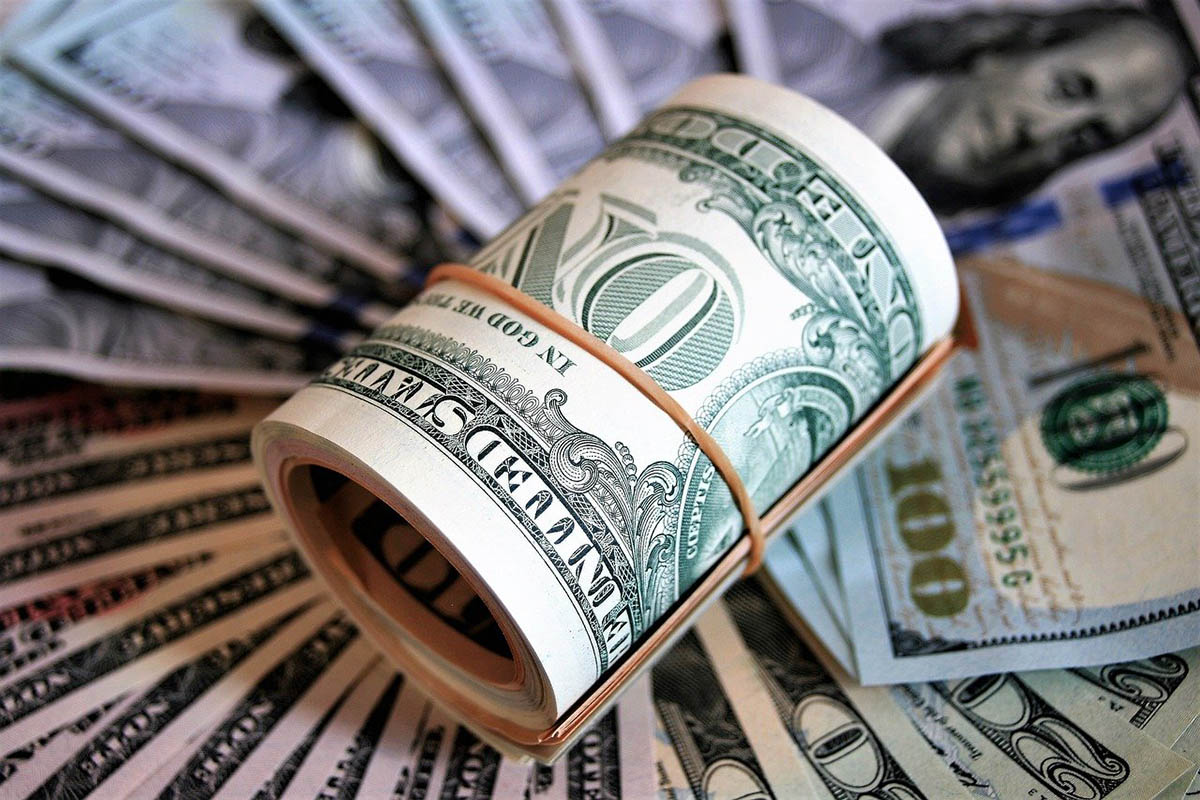Commodities
Dollar rate is stable to yen, getting cheaper to euro and pound

Dollar rate is stable to yen, declines slightly to euro and pound. Traders estimate comments made by Federal Reserve Chairman Jerome Powell on last week’s labor market data. The day before, Powell reiterated during a speech at the Economic Club in Washington that the disinflationary process in the economy had begun.
He also noted the unexpected resilience of the U.S. labor market, which could warrant further Fed rate hikes.
“We believe we will need further rate hikes,” Powell said. – We also believe that we will need to hold monetary policy at a restrictive level for some time.”
Overall, Powell’s words echoed his remarks from last week’s U.S. central bank meeting.
“The January labor market data didn’t change the Fed chairman’s mind,” said Comerica senior economist Bill Adams. – “The important point was that Powell had a chance to signal a move to a more aggressive exchange rate, but he didn’t take it.
The Dollar/Euro exchange rate rose 0.09% to $1.0736 from $1.0726 at the close of Tuesday’s session. The pound rose 0.07% to $1.2057 from $1.2048 at the close of last session. The dollar is at 131.04 yen, compared to 131.07 yen the day before.
The ICE-calculated index showing dynamics of the US dollar against six currencies (euro, Swiss franc, yen, Canadian dollar, pound sterling and Swedish krona) is down 0.1% in morning trading.
Earlier we reported that the U.S. dollar index moved lower.
Commodities
Oil prices rise; U.S. crude inventories plunge, Russia-Ukraine truce eyed
Commodities
India’s Reliance to stop buying Venezuelan oil over US tariffs, sources say
Commodities
Oil prices climb on Venezuela supply worries

 Forex3 years ago
Forex3 years agoForex Today: the dollar is gaining strength amid gloomy sentiment at the start of the Fed’s week

 Forex3 years ago
Forex3 years agoUnbiased review of Pocket Option broker

 Forex3 years ago
Forex3 years agoDollar to pound sterling exchange rate today: Pound plummeted to its lowest since 1985

 Forex3 years ago
Forex3 years agoHow is the Australian dollar doing today?

 Cryptocurrency3 years ago
Cryptocurrency3 years agoWhat happened in the crypto market – current events today

 World3 years ago
World3 years agoWhy are modern video games an art form?

 Commodities3 years ago
Commodities3 years agoCopper continues to fall in price on expectations of lower demand in China

 Economy3 years ago
Economy3 years agoCrude oil tankers double in price due to EU anti-Russian sanctions

























